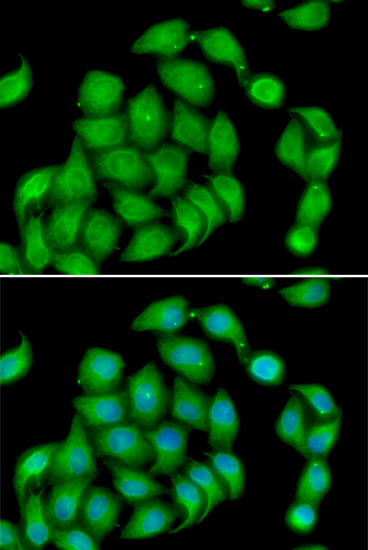ASPH Polyclonal Antibody
For reference only. Please follow the manual included in your kit for instructions.
Catalog Number
Product Name
ASPH Polyclonal Antibody
Catalog Number
RD84118A
Purification Method
Affinity purification
Isotype
IgG
Host
Rabbit
Background
This gene is thought to play an important role in calcium homeostasis. The gene is expressed from two promoters and undergoes extensive alternative splicing. The encoded set of proteins share varying amounts of overlap near their N-termini but have substantial variations in their C-terminal domains resulting in distinct functional properties. The longest isoforms (a and f) include a C-terminal Aspartyl/Asparaginyl beta-hydroxylase domain that hydroxylates aspartic acid or asparagine residues in the epidermal growth factor (EGF)-like domains of some proteins, including protein C, coagulation factors VII, IX, and X, and the complement factors C1R and C1S. Other isoforms differ primarily in the C-terminal sequence and lack the hydroxylase domain, and some have been localized to the endoplasmic and sarcoplasmic reticulum. Some of these isoforms are found in complexes with calsequestrin, triadin, and the ryanodine receptor, and have been shown to regulate calcium release from the sarcoplasmic reticulum. Some isoforms have been implicated in metastasis.
Immunogen Information
Immunogen
Recombinant fusion protein of human ASPH (NP_001158227.1).
Gene ID
444
Swissprot
Q12797
Synonyms
ASPHAAHBAHCASQ2BP1FDLABHAAHJCTNjunctin
Applications
Reactivity
Human
Tested Applications
IF
Conjugation
Unconjugated
Dilution
IF 1:50-1:100
Concentration
1 mg/mL
Storage Buffer
PBS with 0.02% sodium azide, 50% glycerol, pH7.3
Storage Instructions
Store at -20°C. Avoid freeze / thaw cycles.
